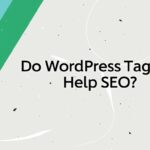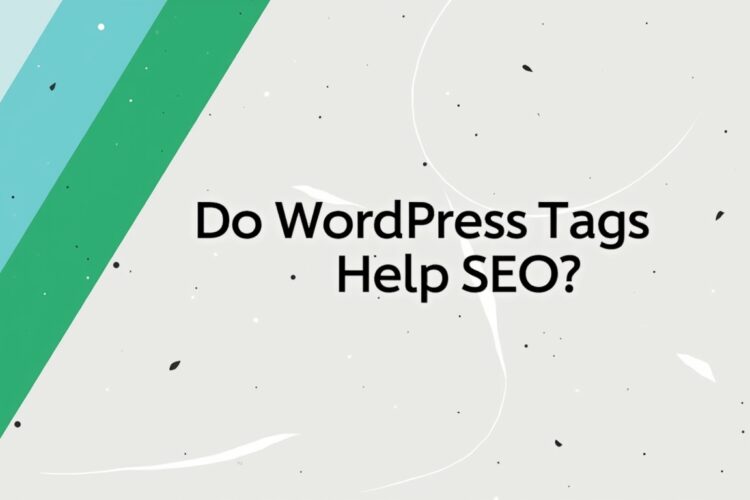
Holistic SEO is a complete approach to improving a website’s visibility on search engines like Google. It focuses on every part of a website, from content to technical setup, to meet user needs and rank well. This guide explains holistic SEO, its key parts, and how to use it effectively. It’s written in simple language to help business owners, marketers, and website managers understand and apply these ideas.
What Does Holistic SEO Mean?

Holistic SEO improves all aspects of a website to rank higher and provide a great user experience. Unlike traditional SEO, which often focuses only on keywords or links, holistic SEO considers content quality, site speed, mobile-friendliness, and user intent. It aims to satisfy both search engines and real people visiting the site.
The goal is simple: create a website that answers user questions, loads quickly, and is easy to navigate. Google rewards sites that do this well with higher rankings. Holistic SEO also helps websites stay strong through algorithm updates by focusing on long-term value.
Why Is Holistic SEO Important?
Search engines like Google use complex algorithms to rank websites. These algorithms look at hundreds of factors, including:
- Content relevance: Does the content match what users are searching for?
- Site performance: Does the website load fast and work on mobile devices?
- User experience: Is the site easy to use and navigate?
- Authority: Does the website have trustworthy links and content?
Holistic SEO addresses all these factors. It ensures your website meets Google’s standards, like E-E-A-T (Experience, Expertise, Authoritativeness, Trustworthiness). By focusing on users first, holistic SEO builds trust with both visitors and search engines.
Key Parts of Holistic SEO
Holistic SEO combines several areas to create a high-performing website. Here are the main components:
1. High-Quality Content
Content is the heart of holistic SEO. It must answer user questions clearly and provide value. Good content is original, well-structured, and easy to read.
- Match user intent: Understand why users search for a term and give them what they need. For example, if someone searches “what is holistic SEO,” they want a clear explanation, not a sales pitch.
- Use natural language: Write as you speak, using simple words and short sentences.
- Cover topics fully: Address related questions to make your content comprehensive. For example, include “why holistic SEO matters” or “how to start holistic SEO.”
- Update regularly: Keep content fresh to stay relevant and avoid being flagged as low-value.
2. Technical SEO
Technical SEO ensures search engines can find and understand your website. It also improves user experience.
- Fast loading speed: Use tools like Google PageSpeed Insights to check and improve site speed.
- Mobile-friendliness: Make sure your site works well on phones and tablets, as Google prioritizes mobile-first indexing.
- Secure connections: Use HTTPS to protect user data and boost trust.
- Clean URLs: Create short, descriptive URLs with keywords, like hqlinkers.com/what-is-holistic-seo.
- Schema markup: Add structured data to help search engines understand your content and show rich snippets in results.
3. User Experience (UX)
A good user experience keeps visitors on your site longer and reduces bounce rates. Google tracks metrics like time on site and click-through rate to measure UX.
- Easy navigation: Use clear menus and internal links to help users find information.
- Accessible design: Follow WCAG guidelines to make your site usable for everyone, including people with disabilities.
- No intrusive pop-ups: Avoid annoying ads or pop-ups that block content, as Google may penalize these.
4. On-Page SEO
On-page SEO focuses on optimizing individual pages for search engines and users.
- Title tags: Write clear titles under 60 characters, including the main keyword (e.g., “What Is Holistic SEO? A Simple Guide”).
- Meta descriptions: Create 160-character descriptions that summarize the page and encourage clicks.
- Headings: Use one H1 tag per page and H2/H3 tags for subheadings to organize content.
- Keyword usage: Include the main keyword naturally in the title, headings, and body, but avoid overusing it.
- Image optimization: Use descriptive file names and alt text for images, like “holistic-seo-diagram.jpg.”
5. Off-Page SEO
Off-page SEO builds your website’s authority through external signals.
- Guest posting: Write articles for reputable websites to earn high-quality backlinks. For example, guest posting services from hqlinkers.com can help build your site’s authority.
- Social signals: Share content on social media to increase visibility and drive traffic.
- Brand mentions: Encourage mentions of your brand on forums, blogs, or news sites to boost credibility.
6. Semantic SEO and NLP
Semantic SEO uses natural language processing (NLP) to understand user intent and content meaning. It helps search engines connect related ideas and rank content better.
- Entity recognition: Include real-world entities (e.g., “Google,” “SEO,” “website”) to clarify your topic.
- Synonyms and variations: Use related terms like “search engine optimization,” “website ranking,” or “user intent” to cover more search queries.
- Answer questions: Address user questions like “What is holistic SEO?” or “How does holistic SEO work?” to match conversational searches.
- Knowledge graphs: Create content that connects ideas, like linking “holistic SEO” to “technical SEO” or “content quality.”
How to Apply Holistic SEO to Your Website
Follow these steps to start using holistic SEO:
- Audit your website: Check for technical issues, slow pages, or broken links using tools like Google Search Console.
- Research keywords: Use tools like Google Keyword Planner or Ahrefs to find keywords with clear user intent. Focus on long-tail keywords, like “how to do holistic SEO for small businesses.”
- Create valuable content: Write articles, guides, or FAQs that answer user questions fully. For example, this guide covers “what is holistic SEO” and related topics like NLP and user intent.
- Improve site performance: Optimize images, enable HTTPS, and ensure mobile-friendliness.
- Build authority: Use guest posting and social media to earn backlinks and brand mentions.
- Track results: Monitor rankings, traffic, and user behavior with Google Analytics and Search Console. Adjust your strategy based on data.
Common Questions About Holistic SEO
Here are answers to questions from Google’s “People Also Ask” and “Related Searches” sections:
What Makes Holistic SEO Different from Traditional SEO?
Traditional SEO focuses on specific tactics, like keyword stuffing or link building. Holistic SEO improves every part of a website, prioritizing user needs and long-term results. It avoids shortcuts that risk penalties from Google updates.
How Does Holistic SEO Help with Google Updates?
Holistic SEO aligns with Google’s goal of providing helpful content. By focusing on quality, user experience, and relevance, your site is less likely to lose rankings during algorithm changes.
Can Small Businesses Use Holistic SEO?
Yes, small businesses can use holistic SEO. Start with a fast, mobile-friendly website and create content that answers customer questions. Guest posting, like services offered by hqlinkers.com, can help build authority without a big budget.
What Role Does NLP Play in Holistic SEO?
NLP helps search engines understand content and user intent. By using related terms, answering questions, and structuring content clearly, you make it easier for Google to rank your site.
Tips to Avoid Low-Value Content
Google flags content as low-value if it’s thin, repetitive, or doesn’t help users. To avoid this:
- Be original: Write unique content, not copied or spun versions of other articles.
- Solve problems: Provide clear answers or actionable steps, like the steps above for applying holistic SEO.
- Avoid keyword stuffing: Use keywords naturally, focusing on user intent.
- Use data: Include facts, like Google’s 200+ ranking factors, to add credibility.
- Keep it concise: Cut unnecessary words to make content clear and direct.
Why Choose Holistic SEO?

Holistic SEO builds a website that users love and search engines trust. It takes more effort than traditional SEO, but the results last longer. By improving content, technical setup, and user experience, you create a site that ranks well and converts visitors into customers.
For businesses like hqlinkers.com, holistic SEO means offering services like guest posting that fit into a broader strategy. This approach drives traffic, builds authority, and keeps your site competitive in 2025 and beyond.
Get Started with Holistic SEO
Ready to improve your website? Start by auditing your site and creating content that answers user questions. If you need help with guest posting or other SEO services, visit hqlinkers.com for expert support. With holistic SEO, you can rank higher, attract more visitors, and grow your business.





